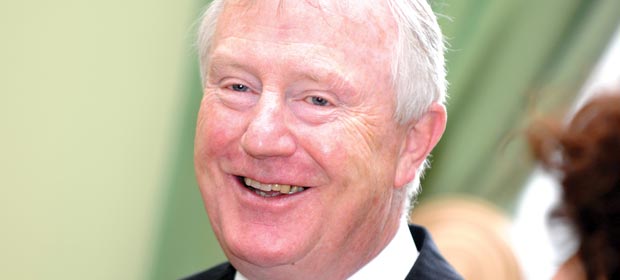If “money following the patient” means patients are to be empowered to decide how their healthcare needs should be met, that would be revolutionary and I don’t anticipate that type of revolution being ignited anytime soon, writes Denis Doherty.
What an interesting idea! In future, money will follow the patient. Why has that approach not been tried before now? Well, it’s not exactly a new idea. Indeed versions of it have been tried here and have been found wanting. That’s not to say it’s not a good idea. It might well be a very good idea depending on what ‘money following the patient’ is intended to mean. One interpretation might amount to little more than a fine sounding slogan. But if it means patients are to be empowered to decide how their healthcare needs should be met, that would be revolutionary. I don’t anticipate that type of revolution being ignited anytime soon!

For many years now, our hospitals have been spending more than they earn and have been bailed out by supplementary budgets and by receiving money diverted from other areas of the health services. The hospitals often claim that more money is needed because activity is up. They say that patients arrive through A & E or on referral and have to be treated so, money should follow these patients and, up until now, it has. That’s not a good way to order and fund a service and I have no doubt that’s not what those who advocate ‘money following the patient’ have in mind.
Outside of hospitals, ‘demand led schemes’ such as drug refund schemes, the long-term illness scheme, and the medical card scheme often have to be bailed out too. Another example of money following the patient but hardly what is envisaged when ‘money following the patient’ is discussed.
Is it over optimistic to hope that, when we move to the single tier system we are promised, meaningful choices will be available to everyone?
However, if we go back almost sixty years we find a very good example of ‘money following the patient’ that is perhaps very close, in many respects, to what a new regime might include? The Health Act, 1953 introduced what were called General Institutional and Specialist Services – what we call acute hospital services. Eligibility to avail of services was set out in regulations. To avail of a service a patient or someone on behalf of the patient had to fill out what was known as an ISA form, prior to admission or soon afterwards. Patients deemed not eligible to receive services were charged a fee based on the full cost. Patients referred to a voluntary hospital from a county hospital had to complete an ISA form and if deemed eligible the local authority where the patient concerned resided paid a weekly capitation payment – £6 6s 0d in 1959 – to the voluntary hospital. Over time, as eligibility was relaxed the volume of claims increased, the amount of administrative work expanded and disputes occurred between health boards and voluntary hospitals over payments. When Mr. C.J. Haughey was Minister for Health he simplified matters by dispensing with the ISA forms and individualised payments and instead deducted from the budgets of health boards notional amounts of the costs of treating patients from their areas in voluntary hospitals.
Those of us who hold private health insurance know all about money following the patient! Based on the plan we subscribe to, we know the hospitals and services we are covered for and we also know what services we are not covered for. We are faced with having to make decisions about what we can afford and which choices available to us best suit our needs and our ability or willingness to pay.
Is it over optimistic to hope that, when we move to the single tier system we are promised, meaningful choices will be available to everyone?
There are undoubtedly better ways of enabling ‘money to follow the patient’ than we have tried so far. More about that next time!

